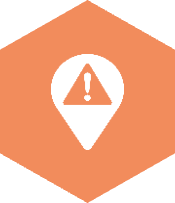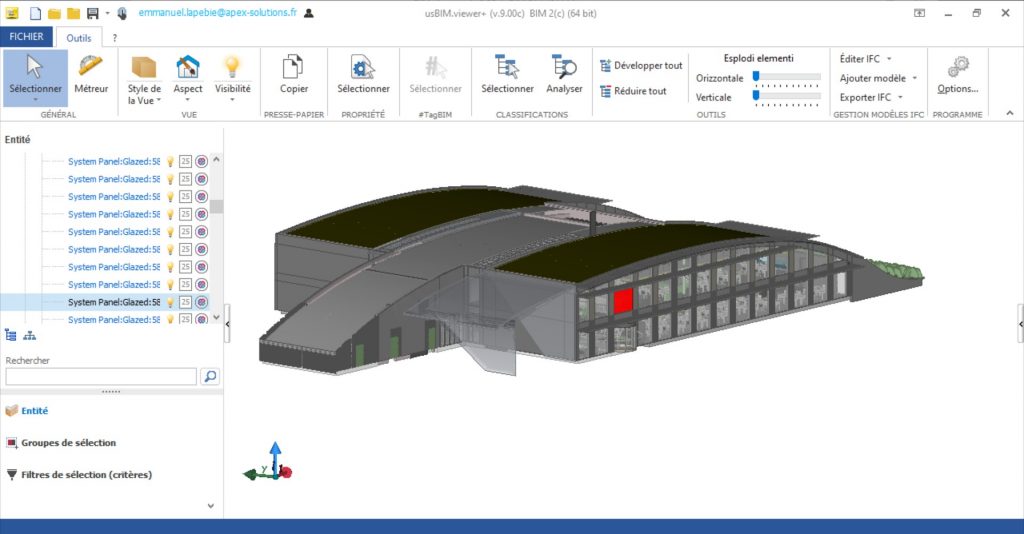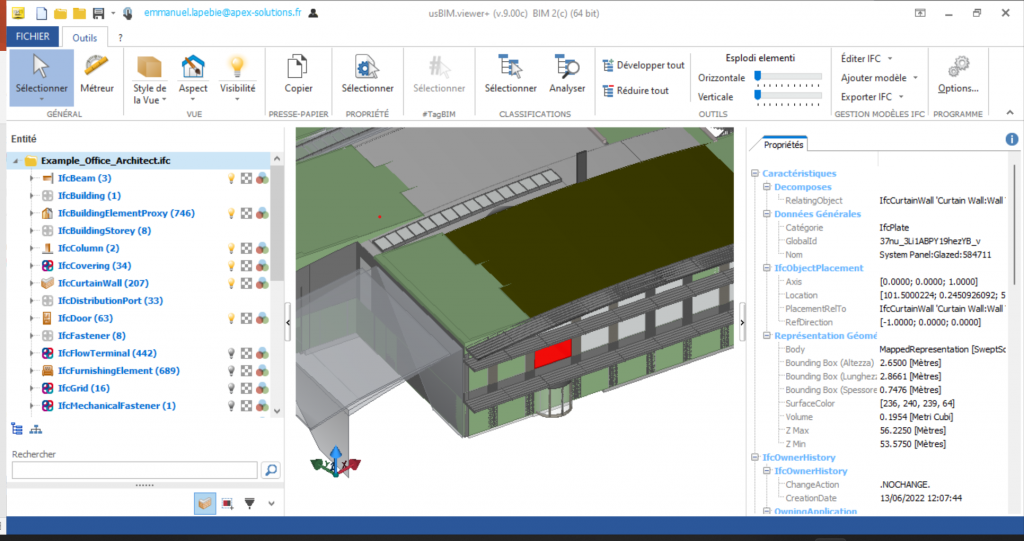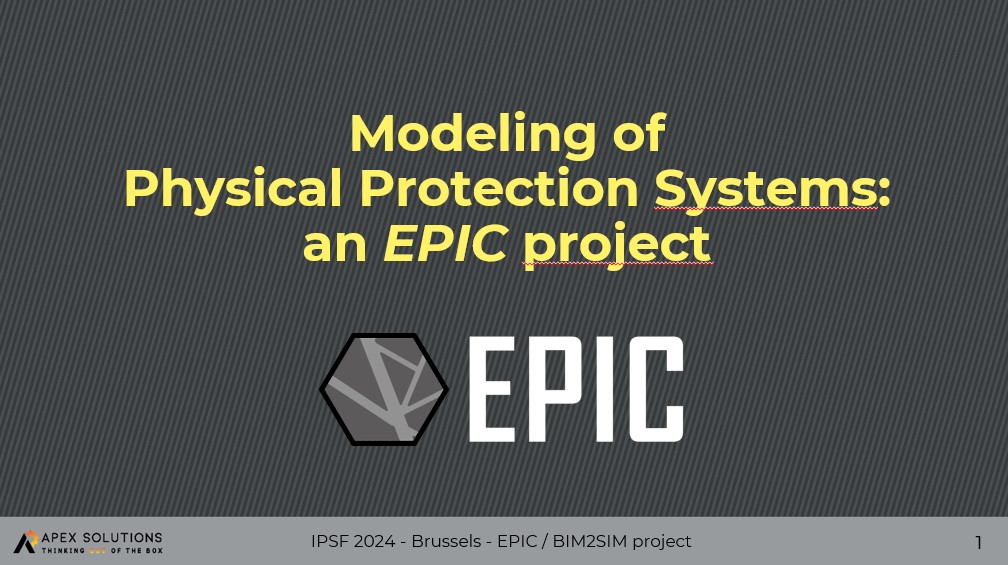BIM2SIM, bridging the gap between Building information modelling data and security models

Domain #1
Sensitive infrastructure protection
![]()
Prototype
![]()
Open Call #1 laureate

Description of the project
BIM2SIM aims at developing a prototype digital technology brick to automatically extract security- and safety-related information from standard building description file formats.
On the one hand, buildings are core elements for security and safety applications, with a wide range of applications: intrusion, evacuation, optimal position of sensors or safety material, hazard modelling, assessment of structural effects, etc.
On the other hand, Building Information Modelling (BIM) is becoming a collaborative must-have for architects, urban planners and in the construction industry. Standard file formats are readily available, and could be extended to provided security-related information as well.
BIM2SIM results will be twofold:
– guidelines for security-oriented building information modelling,
– software converting BIM models into “navigation meshes” used for path-planning, with a first application to the physical security of critical infrastructures.


Mid-term project update
During the first half of the BIM2SIM project, Scott Brownrigg and APEX solutions agreed on the definition of 9 BIM models of increased complexity, from a single-storey building to a complex site with several multi-storey buildings enclosed by one or more fence(s) on an uneven terrain; together with BIM model variants.
Several pre-processing solutions (from Pure Python to scripts in already existing software) of either the FBX or the IFC file formats have been tested by APEX.
The final choice is to develop into the Unreal Engine both the pre-processor and the physical security algorithm (current EPIC code). A first pre-processing and simulation has been successfully ran with simple AIs for both the “red team” and the “blue team” non-playing characters using SB’s BIM model #1.
Final project update
Scott Brownrigg and APEX solutions agreed first on the definition of BIM models of increased complexity, from a single–storey building to a complex site with several multi–storey buildings enclosed by fences. Each model has been refined to help the pre–processing by APEX solutions.
These exchanges led to the development of enhanced “BIM guidelines” written by Scott Brownrigg in order to be shared with future partners.
A final processing method coded in the Unreal game engine has been developed by APEX solutions in order to perform intrusion simulations, taking the advantage of existing non-playing characters (NPCs) AIs to model the behaviour of “red team” and “blue team” agents. This is a major step towards the full integration of APEX physical security simulations in Unreal Engine (something that was not planned at the beginning of BIM2SIM).
As a continuation of the activities of the BIM2SIM project, APEX solutions took a trainee specialising in 3D modelling. The aim is to rapidly develop a “level editor” for our serious game. Last but not least, elements of a post-project strategy have been drawn up by Scott Brownrigg and APEX solutions to capitalise
on this prototype project and develop operational applications.




